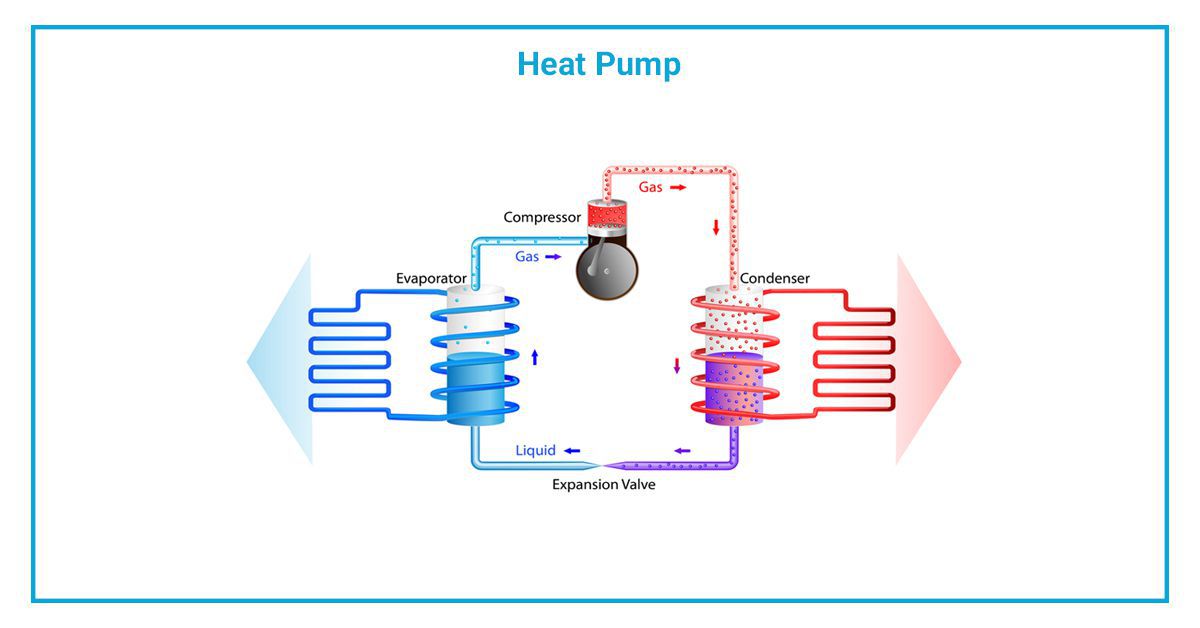We live in times when technological improvements come at lightning speed. Home appliances are an aspect that greatly benefits from these improvements. People want to improve their lives, increase comfort and use technology to make their homes suitable for any type of weather or temperature.
HVAC is just another segment that’s being constantly upgraded, and each upgrade makes its use more approachable and faster. Other aspects to consider eco-friendlies, maintenance, and energy consumption. Electronics will shape HVAC. With the advancement of computers, heating and cooling have never been better.
In addition to increasing efficiency and lowering costs, these new HVAC products provide a better client experience. The majority of these technologies are still in the development stage, but a customer can still use some of them now to make their more comfortable.
The Smart Home
The advent of connected devices and apps now allows the control of lighting, heating, cooling, security systems, surveillance, and entertainment remotely. Customers can control almost every aspect of the time they spend inside their homes with smart technologies. These technologies can only continue to develop and become even more integrated into our homes. This trend toward a smarter home has changed how HVAC engineers and designers approach future upgrades. Many of these innovations, like the Nest learning thermostat, are already available on the market.
Fully automated homes are on their way. Companies can already experiment with automated appliances and other products using technology that’s already available on the market. So it comes as no surprise that HVAC systems will someday be directly connected to other parts of your house, making adjustments based on their conditions.
Motion-activated HVAC
This is a revolutionary air conditioning system using sensors attached to ceiling-mounted aluminum rods. Sensors are activated when movement occurs. This means that the HVAC will be on as long as people are in the room.
It’s hard to believe we hadn’t tried motion-activated systems before. They make a lot of sense. It is just one of many ways in which future HVAC systems will be more compact and portable, resulting in both energy and utility savings.
HVAC Driven by Thermal Energy
Using thermal energy for air conditioning has also seen the light of day. In the United States, this kind of design is not common yet, and it will most likely take several years before it becomes more popular. The heating and cooling system is driven by solar energy and complemented by natural gas, making it highly effective and efficient. This system does not require electricity and provides more cooling capacity than any other we had the chance to test.
Ventilation Controlled by Sensors
Sensor-driven vents are a breakthrough in home ventilation. A customer can control the temperature in each room precisely by using an app.
Additionally, the system uses sensors to monitor indoor air quality factors such as temperature and air pressure. It’s a newly developed system design, but it’s already been tested and is available to the public. As a result, this is one piece of technology that is available for purchase today.
Geothermal Pumps for Greener Approach
A major investment such as geothermal technology will save a lot of money in the long run. This technology is not new, but it only grew in popularity
In recent years, geothermal heat pumps have gained popularity as more homeowners realize the benefits of going green. Using an underground looped pipe, a geothermal heat pump absorbs heat from the ground and transfers it to the home. Heat is removed from the home by the pump when cooling is needed. Free hot water is an obvious benefit of geothermal heat pumps. In this light, customers should ask their technician about the benefits associated with geothermal technology.






















